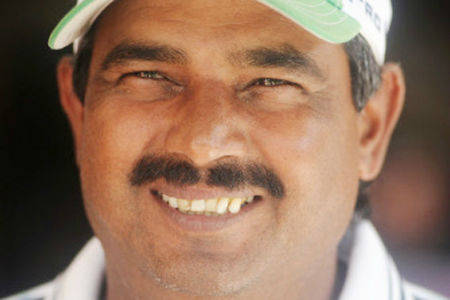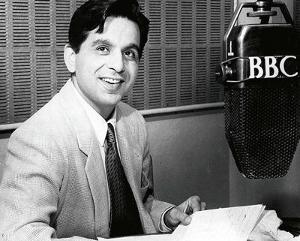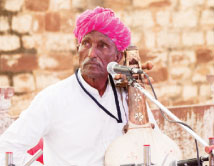Two works provide a peek into Mughal emperor Aurangzeb’s life
Aurangzeb, the convenient bigot of history, is finally getting a fresh coat of paint. Long projected as the bad guy for students who are told history is just a bout between heroes and villains, the tide could well be turning for the Mughal emperor who ruled Hindustan for half a century. No, he has suddenly not become a knight in gleaming armour. But, attempts are being made to look at him from a fresh perspective.
Around a year ago, William Dalrymple co-edited Princes and Painters in Mughal Delhi, 1707-1857 wherein he talked briefly of scholars taking a fresh look at Aurangzeb. Some even tried to redress the balance, which has forever been loaded in favour of Akbar. It always seemed that if Akbar was the greatest Mughal ruler, there had to be the worst one too. If Akbar was secular, brave and wise, there had to be an emperor who was bigoted, cruel and stubborn. In short, history never allowed Aurangzeb any redeeming qualities; the only exception being a mention of his simple lifestyle.
Though brief and almost fleeting in nature, William’s essay was more than a little footnote, because, all along, students had been taught that Aurangzeb was a man who banished all forms of arts from his court. Then, Dalrymple, who with the skills of a raconteur has done more for history than many seasoned academics, told us that scholars have now shown that Aurangzeb was “a pragmatic ruler who frequently patronised Hindu institutions, whose reign was less orthodox, less tyrannical and centralised than previously thought”.
The book even has a few paintings, attributable to Hunhar, Hashim and Bhawanidas, depicting a majestic looking Aurangzeb in a shaft of light in his durbar, or having confabulations with his courtiers. Some paintings were from the early years of Aurangzeb’s reign, others from the last few. Together, they put to rest all assumptions about the emperor banning painters and paintings.
Now at a completely different level comes Rajmohan Gandhi with Punjab: A History from Aurangzeb to Mountbatten. Gandhi, erudite and insightful, does not come anywhere near holding a brief for Aurangzeb. In fact, at many places, he reinforces some age-old assertions about him. Why, at a couple of places, even his possibly human reactions are projected as only a little short of dramatic. For instance, while talking of Dara’s death, Gandhi quotes: “His body was exhibited on an elephant to the populace, while his head was brought to Aurangzeb, who had it wiped and washed in his presence, and being satisfied of its identity, shed tears.”
But there are also those comments that show the more positive side of the emperor. “Diligent in religious observance, Aurangzeb was a tenacious fighter as well. The empire under Aurangzeb’s long rule increased in area. New territories annexed included Little Tibet beyond Kashmir in the north, Chittagong beyond Dhaka in the east, and, in the south, the Muslim kingdoms of Golconda and Bijapur.”
Soon, the emperor’s simplicity, which has often been talked about in textbooks, is given space. Gandhi happily reiterates, “‘Of small stature, with a long nose, a round beard and an olive skin’, Aurangzeb, ‘usually wore plain white muslin’ and ‘applied himself assiduously to business’. At times he was seen with ‘a cheerful, smiling countenance….Under him the Mughal empire reached its greatest limits’.” Then come the emperor’s words of atonement. Gandhi reproduces Aurangzeb’s words written to his favourite Kam Baksh, “Son of my soul…Now I am going alone. I grieve for your helplessness. But what is the use? I have greatly sinned, and I know not what torment awaits me…Let not Muslims be slain and reproach fall on my useless head. I am sore troubled.” Aurangzeb and guilt? Aurangzeb and art? The two disparate works may not help overhaul the emperor’s image — nor do they intend to do so — but they help give a hitherto unseen little peek into Aurangzeb’s life. They may not bring about a storm of fresh discussions on him, but the winds of change are blowing. Ever so gently.
source: http://www.thehindu.com / The Hindu / Home> Books> Columns / by Ziya Us Salam / Chennai – August 02nd, 2013

















